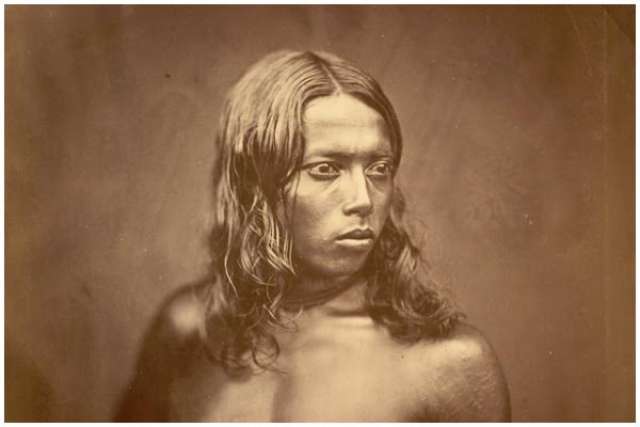
Celebrating Dalit History – The 1873 Namashudra Strike
Today in Dalit History, we honour the Namasudras of present-day Bangladesh, who were Dalits, who played a significant role in the history of three modern nations — Bangladesh, India and Pakistan.
For much of history, they maintained their own tribal identity within regions of Hindu and Muslim majorities. Like many other tribes, their community also underwent a Brahminisation, that included tribal indoctrinates only outside the Caste system. So, despite being adept at an indigenous life — boating, navigating waterways and fishing in seasons of rain — and agriculture in drier seasons, they were treated as “untouchables” by both “upper”-Caste Hindus and Muslims.
By the 1800s, many Namasudras were sick of the devaluation of their communities. They knew that services they provided were actually indispensable to the economics of their region. In 1873, they launched one of the largest Dalit movements for dignity, in the Faridpur district of Bangladesh.
It started when in one of the villages, a Namasudra who had come into some wealth, Choron Sapah, decided to throw a feast inviting all members of society including “upper”-Caste Brahmins and Kayasthas. These “upper”-Castes were infuriated by the invitation to eat from a Dalit person’s household. To protest their perceived defamation, they hurled derogatory remarks at Namasudra women. “Eat with men who permit their women to go to the market and who are employed in jails for removing filth? What next?!”
Namasudra community members did not like the veiled attack on their women or the reference to the indignity they were forced into. They called a meeting of their people and passed a resolution. All members of the community would refuse any of their labour to any of the “upper”-Castes.
Immediately local economies were impacted. Namasudras were agricultural hired labour for both Muslim and “upper”-Caste lands. Crops began failing. Boats were built, maintained and manned by Namasudras. Transportation in the region came to a grinding halt. No trade could occur because goods could not be transported. Markets suffered. People were left without food.
On hearing of the Namasudra action, all the local Dalit castes of Jessore and Barisal joined in. Dalit prisoners went on strike, refusing to do the unclean work not given to “upper”-Caste prisoners. Many landlords were at the edge of starvation and loss.
The strike of almost 800,000 Dalits in three districts continued for six months.
Desperate Muslim and “upper”-Caste landlords appealed to the local British magistrates for a resolution. And these Dalit worker strikes ended only when the English, along with Muslims and “upper”-Castes, then passed official orders to prevent and penalize the mistreatment of Dalits.
This little-known story of an efficient, highly organized, and non-violent Dalit workers strike, of almost a million people, in 1873, was taking place at a time when Bengal was said to be undergoing a period of profound “renaissance” — one that hardly paid heed to the existence or oppression of Dalit and indigenous peoples of the region.
From – Dalit History Month Collective
Photo: Namasudra Ancestor, East Bengal, the 1860s, British Library Archives



I just need a bengali version of Dr. Ambedkar’s writing.
We have some of those at https://velivada.com/2017/04/22/pdf-in-bengali-dr-b-r-ambedkars-writings-and-speeches/
It appears that writings of Babasaheb Dr. B. R. Ambedkar have been translated in so many Indian languages except Bengali in PDF version. I am shocked. I think we, the Bengalis should not be deprived.
It may be noted that Babasaheb Dr. B. R. Ambedkar got entry in the parliament from Bengal when his entry was blocked from anywhere of India.
We have some of those in Bengali at https://velivada.com/2017/04/22/pdf-in-bengali-dr-b-r-ambedkars-writings-and-speeches/
Android app pls.
Courteous struggles by the dalits whoe land is now in Bangladesh! The struggle is one of the richest treasure of dalits history .
Dr.Atul Biswas had a great analysis in the pat 6-12 month on Namashudras.
An inspiring story of solidarity – but still the abominable caste system persists!